Blackjack, one of the most popular card games, has rules that may seem complex but are easy to grasp. Knowing the blackjack rules is essential for players who want to win. This article, written in collaboration with CasinosCanada.reviews professional experts, provides a comprehensive guide to rules, allowing players to understand the blackjack game better.
Basics of Blackjack
Blackjack, also known as 21, has roots that date back to the 17th century. Originating from popular casino games, it has become a staple in modern casinos worldwide. With a typical Return to Player (RTP) of around 99%, it's a favored choice among gamblers.
The primary objective of blackjack is to reach a hand value closer to 21 than the dealer without exceeding it. This simple goal forms the game's core, making it engaging for new and experienced players.
Number cards hold their face value, face cards (Kings, Queens, and Jacks) are valued at 10, and Aces can be counted as either 1 or 11, depending on the player's choice. These values are standard across most blackjack variations, offering consistency for those familiar with the rules.
The Setup
In blackjack, a standard 52-card deck is used. This deck consists of four suits: hearts, diamonds, clubs, and spades, each containing thirteen ranks of cards. The suits are irrelevant in blackjack, and the focus is on the numerical value of the cards.
The table layout is essential for both players and spectators. The blackjack table is usually semi-circular, with spaces for up to seven players on the outside and the dealer on the inside. The dealer's visible card is a crucial part of the game and can influence players' decisions. Players' positions at the table don't impact the game's outcome, but understanding the layout helps to follow the game's flow.
In some blackjack games, particularly casinos, multiple decks increase complexity and the house edge. These decks are kept in a "shoe," which allows the dealer to dispense cards more efficiently. Using a "shoe" with multiple decks makes card counting more challenging, thereby giving a slight increase to the house edge.
Gameplay Flow
At the beginning of each round, players must place their bets. The casino defines the minimum and maximum bets, and players must adhere to these limits.
Once the bets are placed, the dealer begins dealing with the cards. Each player receives two cards, typically dealt face up. The dealer also accepts two cards but usually has one card face-down and one dealer's faceup card. The visibility of this card is critical for players as they decide their next moves.
After receiving their initial cards, players evaluate their hands and decide how to proceed. Options include "hit" (take another card) or "stand" (keep the current hand). The decision often depends on the total value of the players' cards and the dealer's card.
Once all players decide, the dealer reveals the hidden card and plays according to fixed rules. Typically, the dealer must hit until reaching a total of 17 or higher and then must stand.
Resolving the Outcome: Win, Loss, or Push
The outcome of the game is resolved by comparing the hands:
• Win: If a player's total value is higher than the dealer's without exceeding 21, they win.
• Loss: If a player's total exceeds 21 or is lower than the dealer's (without the dealer busting), they lose.
• Push: If a player's total equals the dealer's total, the round is a "push," and the original bet is returned.
Player's Options
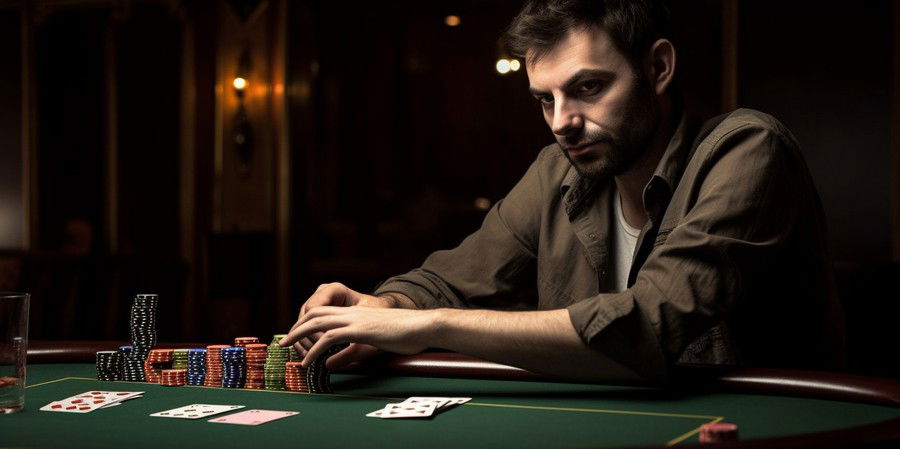
In blackjack, players have several strategic options during the game. These choices are essential to enhance one's hand and potentially beat the dealer. Here's an explanation of the primary player's options:
Hit
Requesting a "hit" means asking the dealer for an additional card to improve the hand's value. This option is often used when the player believes another card could bring them closer to 21 without going over.
Stand
Choosing to "stand" means deciding not to receive any more cards. Players often stand when they believe their current hand is strong enough or if they fear that a hit might cause them to exceed 21.
Double Down
Doubling down allows players to double their initial bet and receive one more card. This move is a gamble but can pay off if the player believes they have a strong chance of winning with just one more card.
Split
If a player receives two cards of the same rank, they can "split" them into two hands, each with a new bet. This move can increase the chances of winning but requires careful consideration of card counting systems to be most effective.
Insurance
Insurance is a side bet that a player can make against the dealer having a blackjack (an Ace and a 10-value card). If the dealer does have blackjack, the insurance bet pays 2:1, offsetting the loss of the original bet.
Dealer's Actions
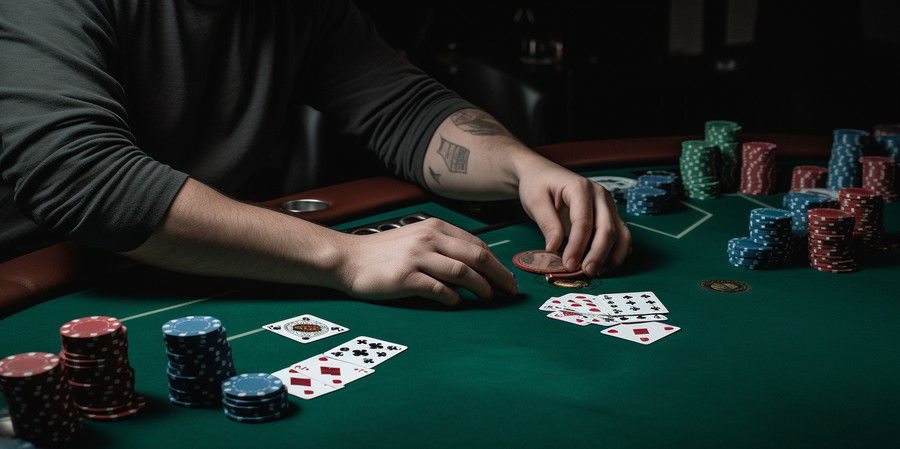
Unlike players, who have various strategic options, the dealer must follow a predetermined set of rules for hitting or standing. These rules are usually stated on the table. Commonly, the dealer must hit until reaching a total of 17 or higher and must stand on 17 or above. These fixed rules make the dealer's actions predictable, allowing a skilled card counter to gain some advantage.
At the beginning of each round, the dealer deals one card face up (known as the upcard) and one face down (called the "hole" card). Once all players decide, the dealer reveals the "hole" card, determining the dealer's total hand value.
Based on the rules for hitting or standing, the dealer may draw additional cards to reach the required total. This action is automatic and follows a strict pattern, ensuring that the dealer's behavior is consistent across every blackjack game.
Hand Values and Scoring
The total hand value is the sum of the individual card values in a player's hand. Here's a table that shows the value of each card in a standard deck:
| Card | Value |
|---|---|
| Number Cards 2-10 | Face value (2-10) |
| Jack, Queen, King | 10 |
| Ace | 1 or 11, player's choice |
The Ace can be counted as either 1 or 11, depending on what benefits the hand more. If counting it as 11 would cause the hand to exceed 21, it is usually counted as 1.
Determining the Winner Based on Hand Comparison
The winner of a blackjack round is determined by comparing the total hand values of the players and the dealer. Here's how it's done:
• If a player has a total of 21 with their first two cards (an Ace and a 10-value card), they have a "blackjack" and usually win 1.5 times their bet.
• If the dealer also has a blackjack, the round is a push, and the player's bet is returned.
• If a player's total exceeds 21, they "bust" and lose their bet.
• If the dealer busts, all remaining players win.
• If neither busts, the hand closest to 21 without exceeding it wins.
Winning and Payouts
Winning in blackjack can be both thrilling and lucrative. The winning conditions and payout ratios are essential for professional gamblers and casual players.
Winning Conditions
Blackjack
Achieving a blackjack, which consists of an Ace and a 10-value card, results in an instant win. It pays out more than a regular win, usually at a ratio of 3:2.
Regular Win
A regular win occurs when a player has a higher hand value than the dealer without exceeding 21. This win pays out at even money, meaning a bet of $10 would win $10.
Push
A "push" happens when the player and dealer have the same hand value. In this case, the original bet is returned to the player, and no money is won or lost.
Payout Ratios for Different Outcomes
Here are the common payout ratios in blackjack:
• Blackjack: 3:2
• Regular Win: 1:1
• Push: Bet returned
• Insurance: 2:1 (if the dealer has a blackjack).
It's worth noting that these payout ratios may vary slightly depending on the game's specific rules or the platform, such as in online blackjack games. Players should always check the rules at their table or online platform to understand the payout structure.
FAQs about Blackjack Guidelines
What is a "push" in blackjack?
A "push" in blackjack occurs when the player and the dealer have the same hand value. No money is won or lost, and the original bet is returned to the player.
Can you explain the "split" option?
The "split" option in blackjack allows a player to divide a pair of cards with the same value into two hands. Each new hand receives a further bet equal to the original, and the hands are played independently.
How are the cards valued in blackjack?
In blackjack, cards are valued as follows:
• Number Cards 2-10: Face value
• Face Cards (Jack, Queen, King): 10
• Ace: 1 or 11, depending on what benefits the hand more.
These values are fundamental to playing and winning in this popular casino game.
What is the basic blackjack strategy?
A basic blackjack strategy is a set of guidelines that advises the best possible moves for a player based on their cards and the dealer's card. Following this strategy, players can increase their chances of winning, especially in online casinos.

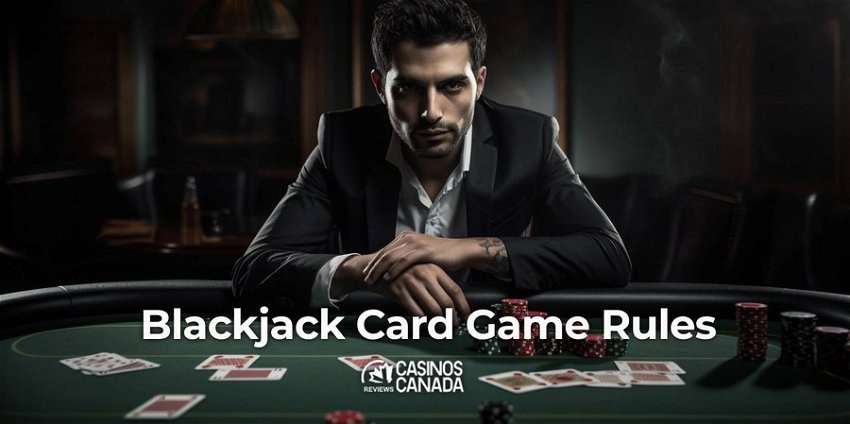




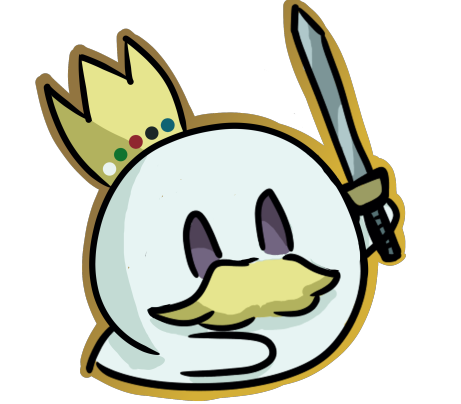
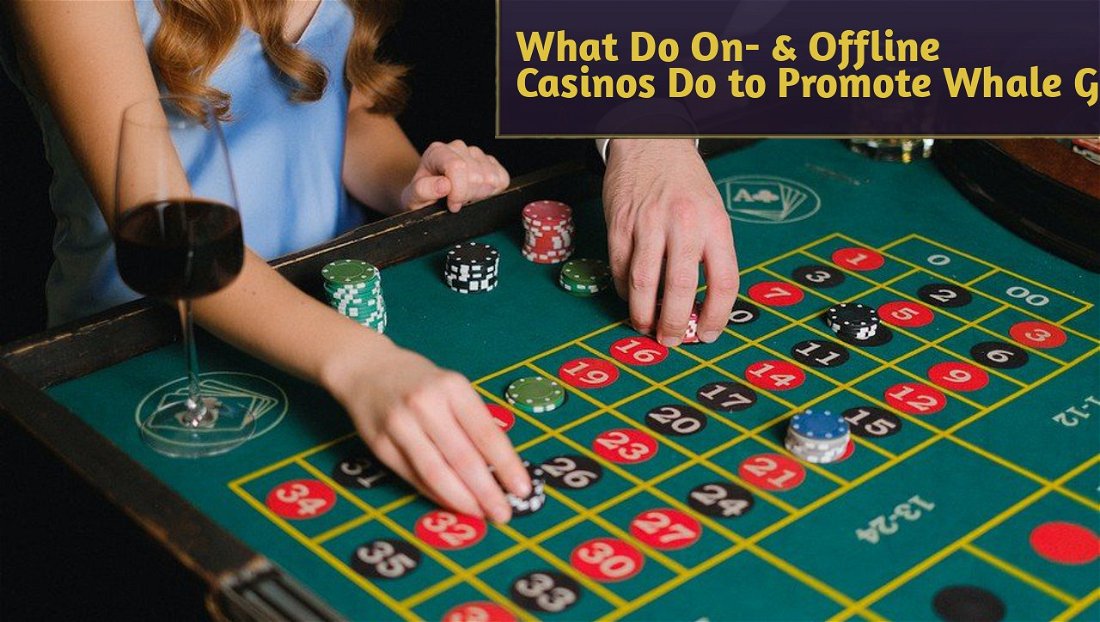
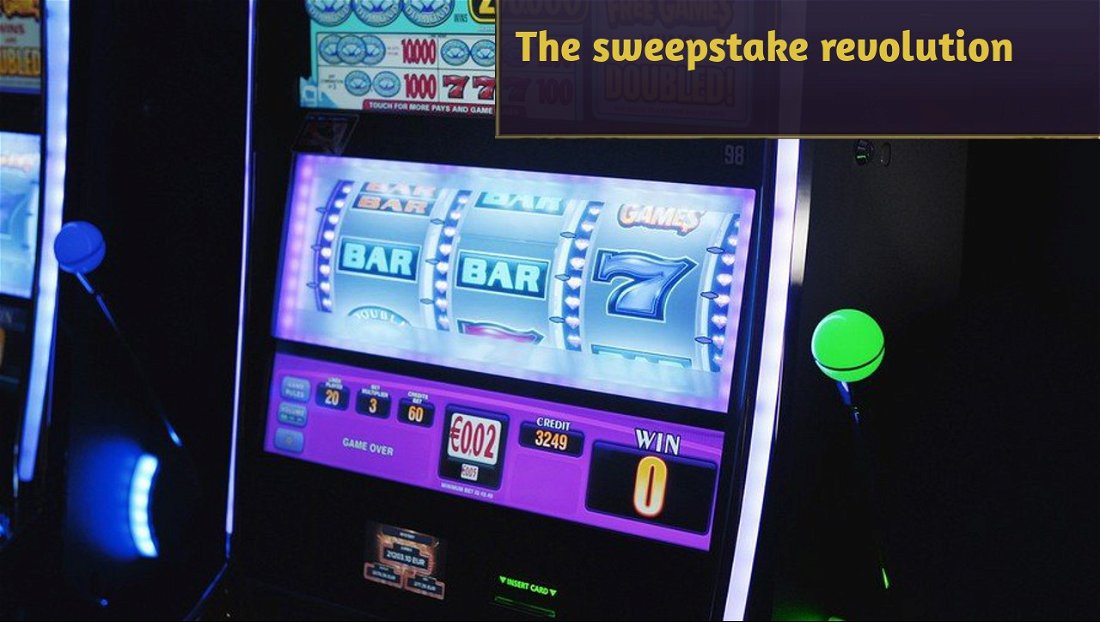

— Kommentare 0
, Reaktionen 1
Sei der erste der kommentiert